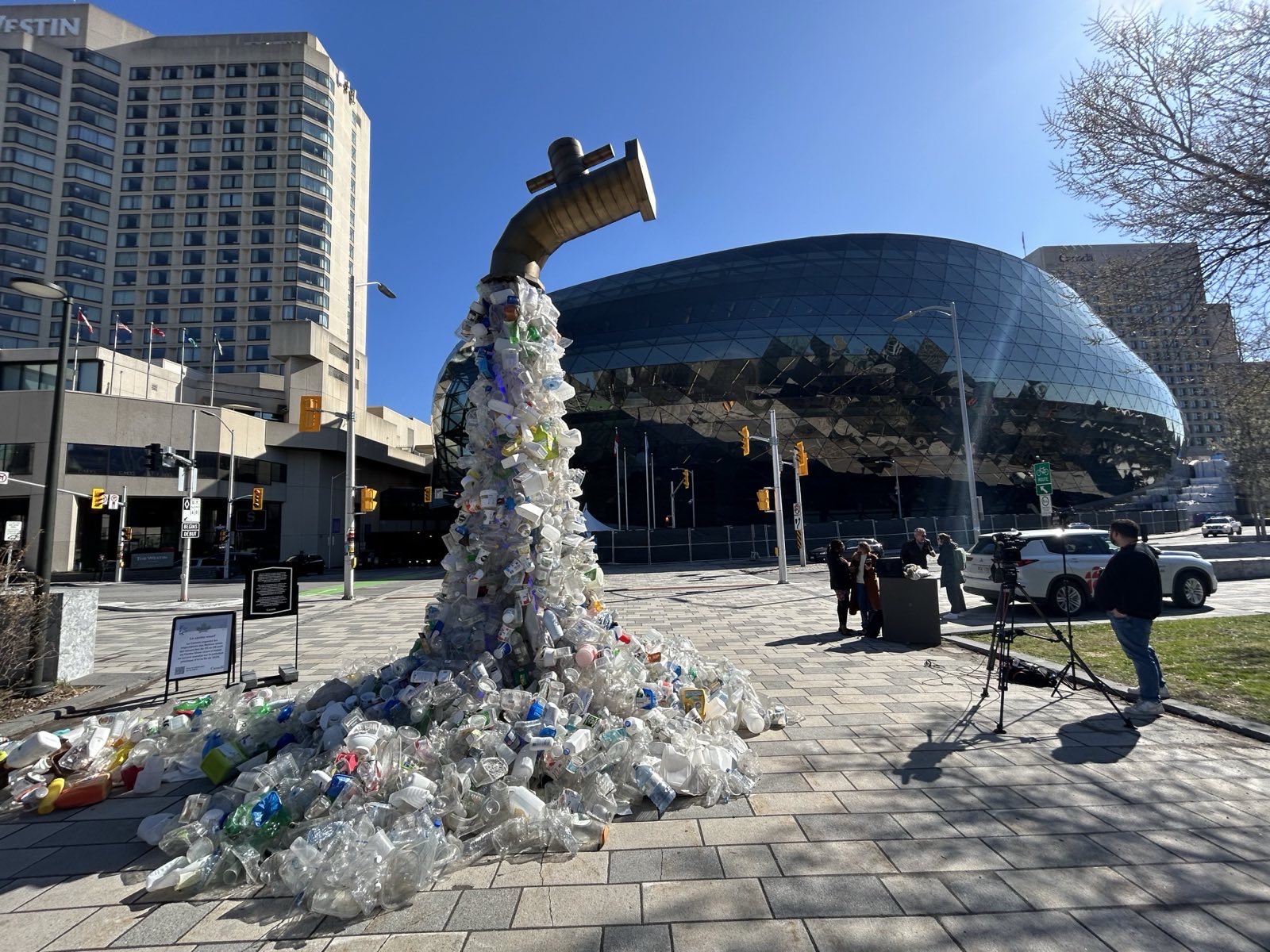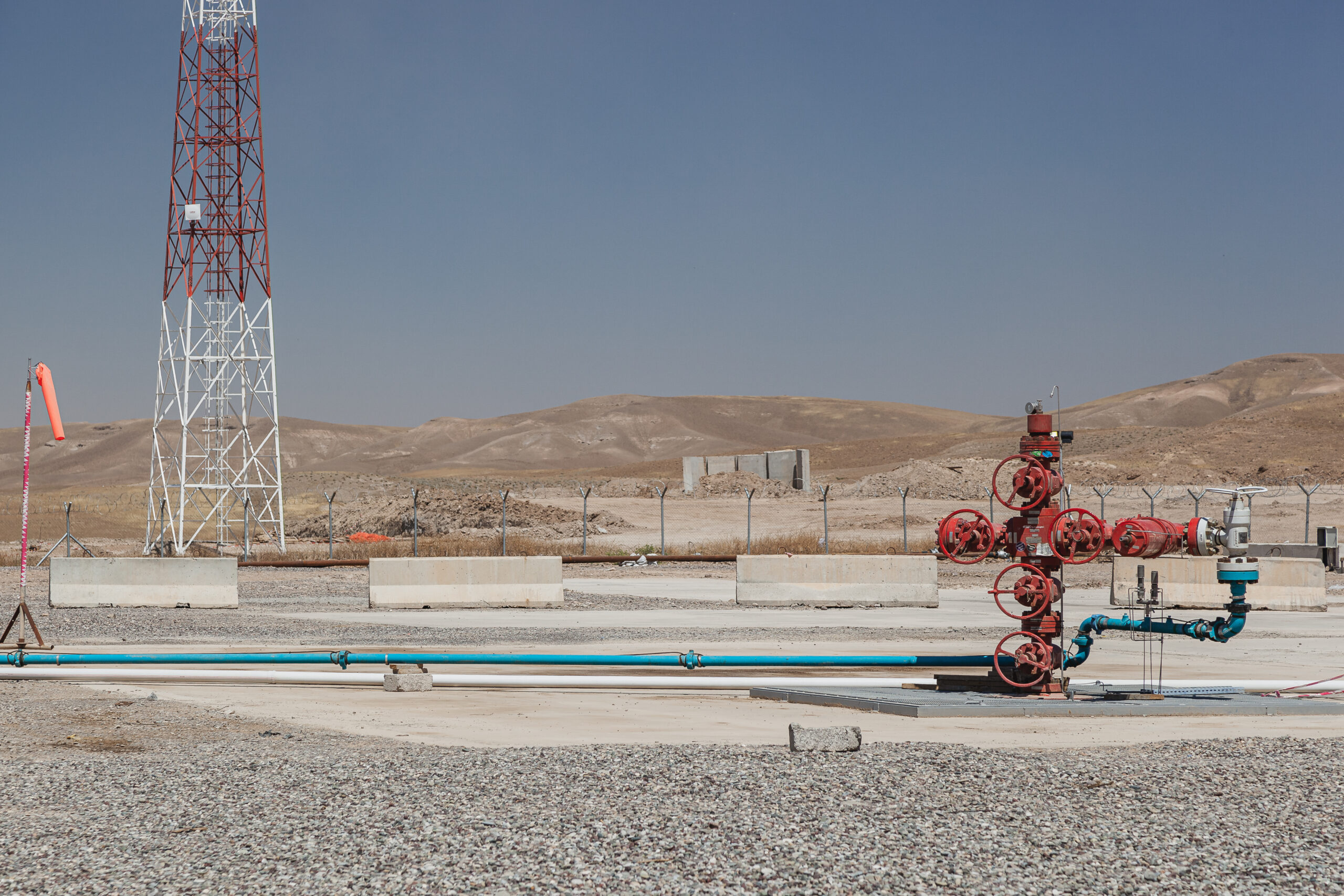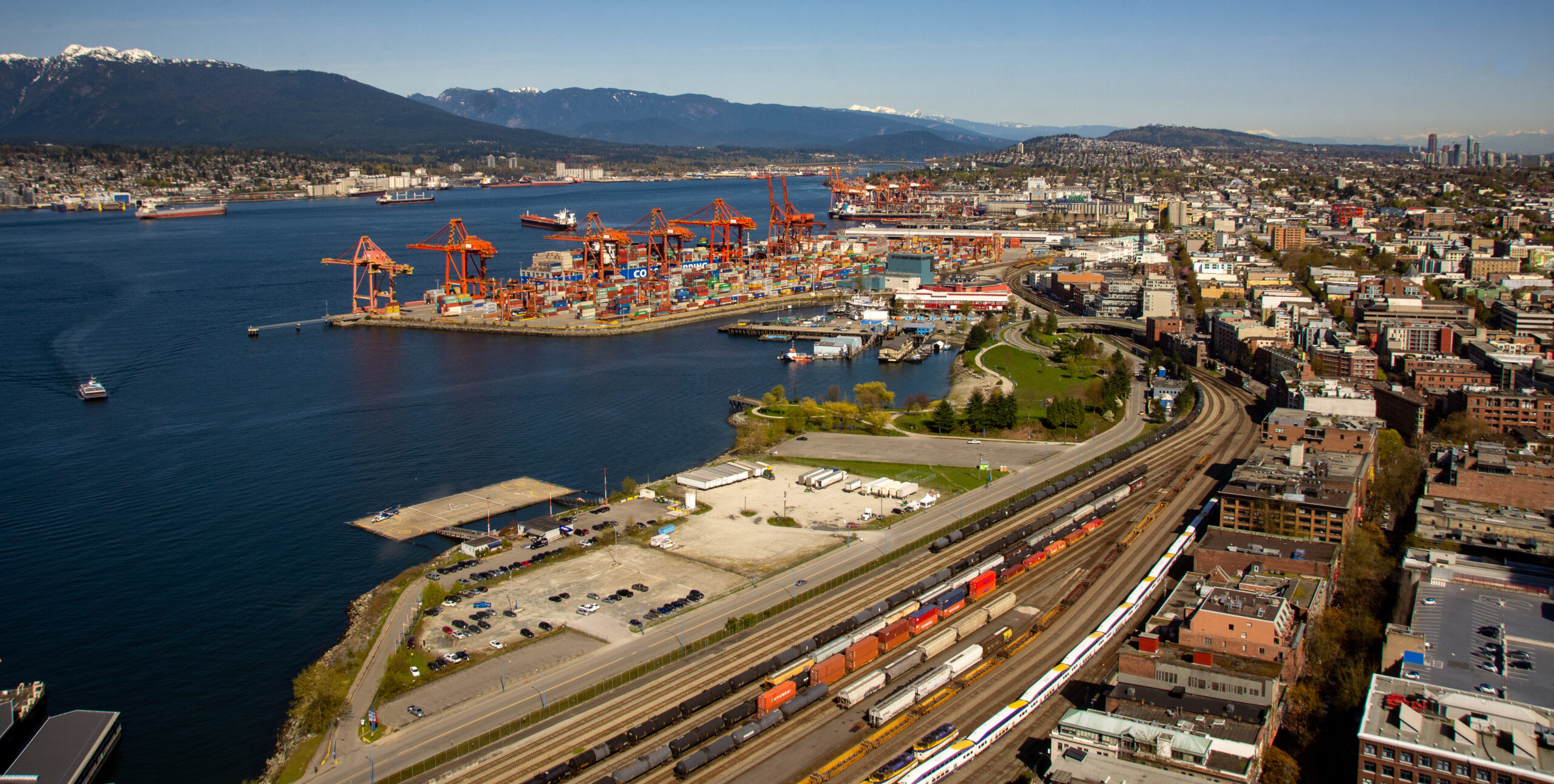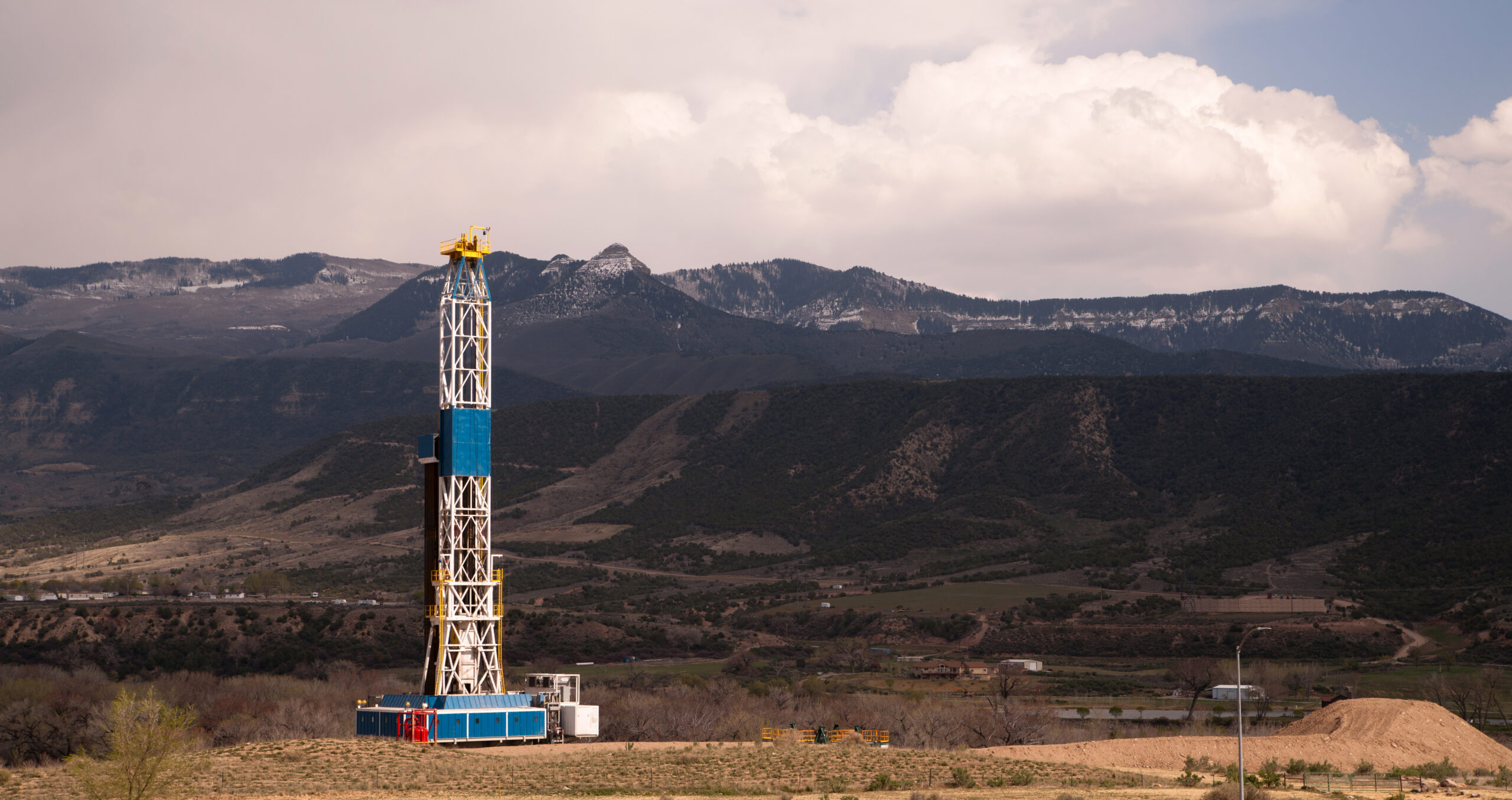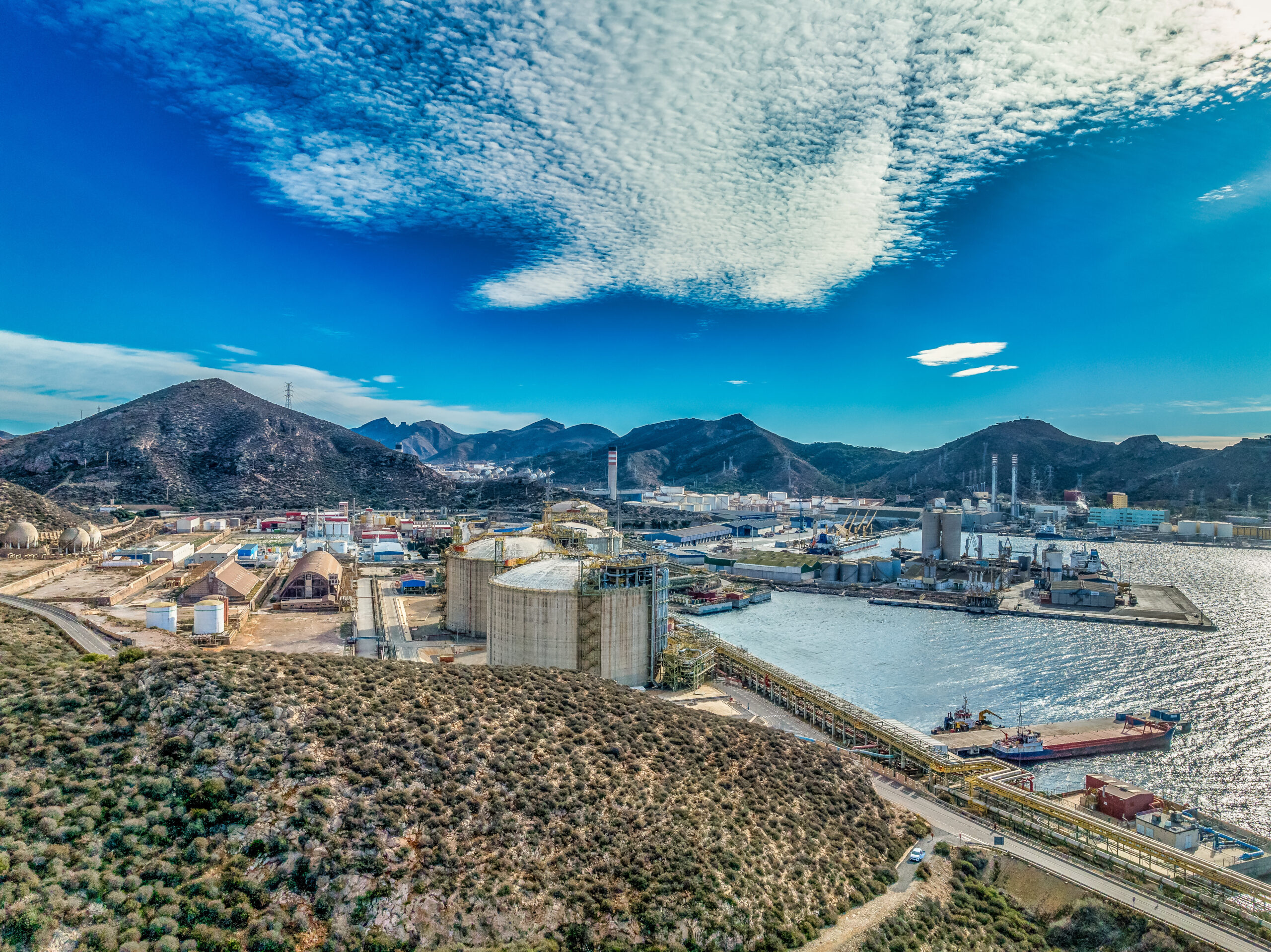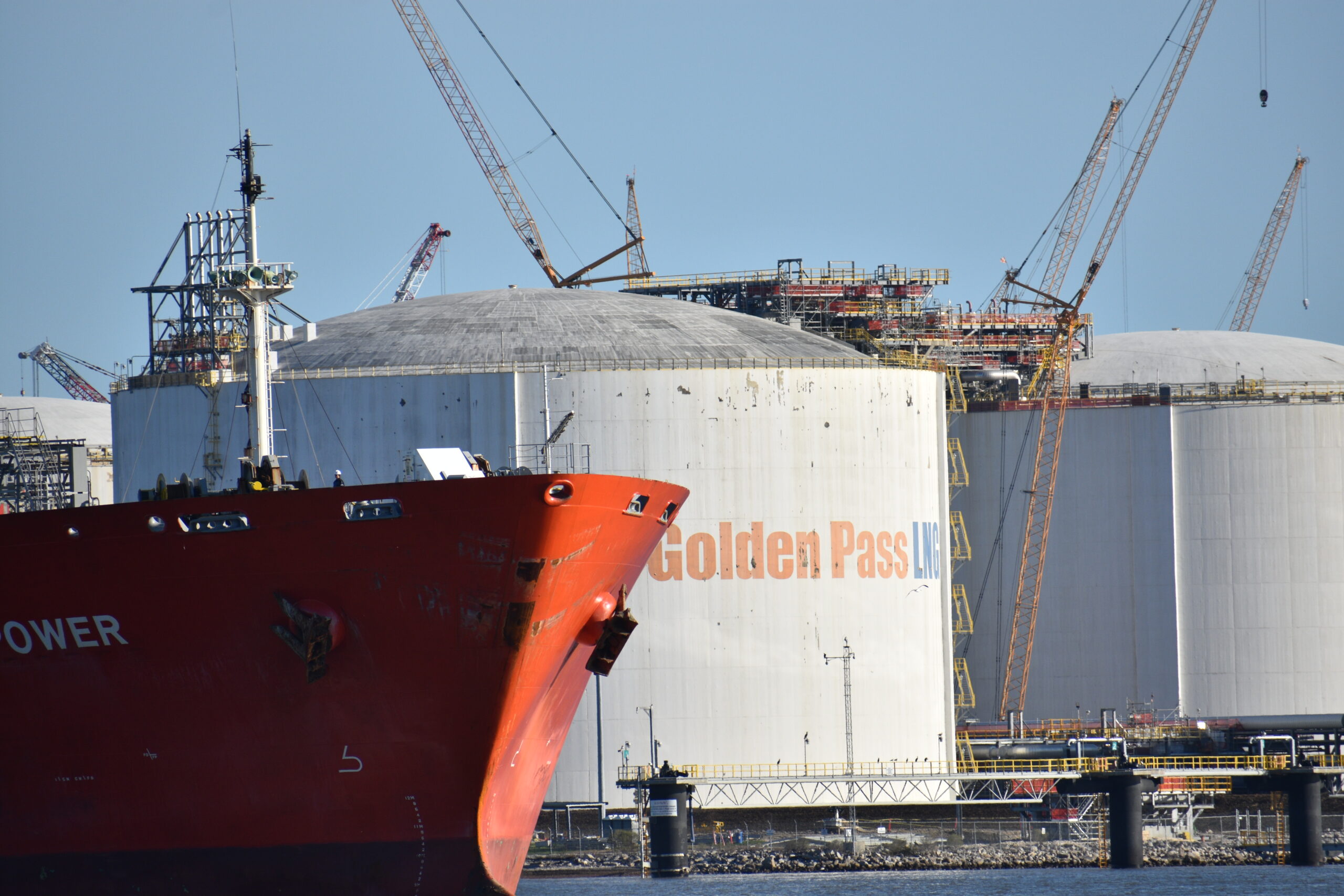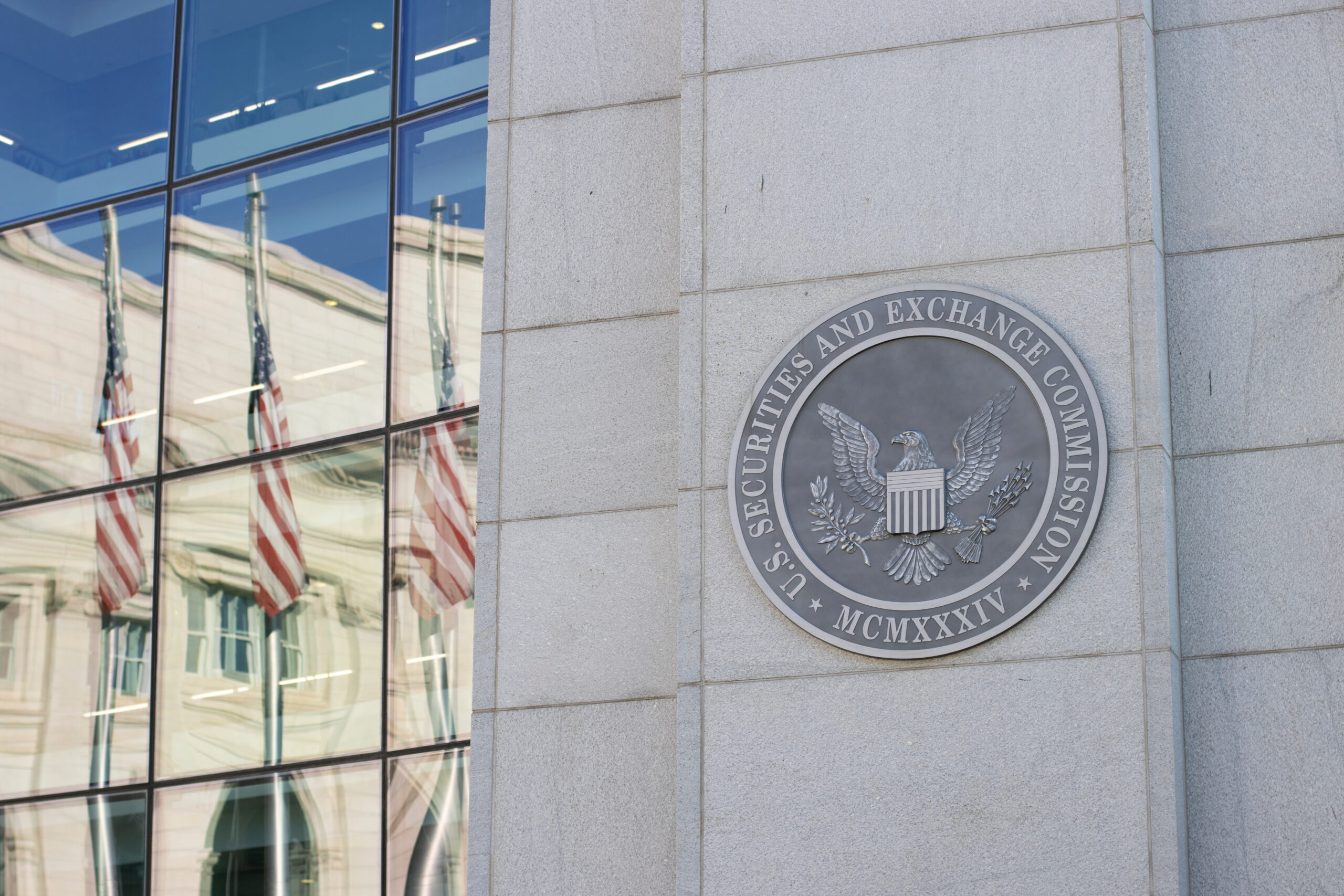 Nicholas Cunningham
Nicholas Cunningham
Nicholas Cunningham
Nick is Gas Outlook’s North America Correspondent. He has been covering the oil and gas sector for more than ten years, reporting on environmental, social, economic, and geopolitical developments. Nick is based in Portland, Oregon.
Plastics and petrochemical producers are vehemently opposed to limits on plastics production. They are working overtime in Ottawa this week to weaken the treaty, civil society groups warn.
An Iraqi man’s son died of leukemia a year ago. He says that BP’s excessive gas flaring in southern Iraq is the cause, and he is seeking damages from the British oil giant.
As the 4th round of talks get underway this week in Ottowa, scientists, campaigners, and a coalition of countries are calling for substantive progress on a global plastics treaty that would place restrictions on production. Plastics and petrochemical producers are trying to prevent that outcome.
U.S. gas prices have crashed as a result of an unusually warm winter. Government data expects conditions of oversupply to continue through next year.
A major buildout of LNG export terminals on Canada’s Pacific Coast rests on assumptions of long-term demand growth in Asia. But those forecasts are highly uncertain, two different reports warn.
A recently filed lawsuit alleges that a Colorado firm loaded up its clean-up liabilities onto another shell company that was designed to fail, saddling landowners and taxpayers with old polluting oil and gas wells.
A new report finds that EU levies on imported methane could help clean up gas operations, but may also lead to a two-tiered global LNG market.
Analysts say that potential investments from Saudi Aramco and ADNOC in U.S. LNG could propel projects forward. Meanwhile, in Houston, gas executives voiced confidence in the trajectory of their industry at CERAWeek.
Researchers recorded nearly 1 million measurements across major U.S. oil and gas production sites, and found methane emissions far higher than U.S. EPA data suggests.
The climate disclosure requirements are far weaker than originally outlined by the financial regulator two years ago.

